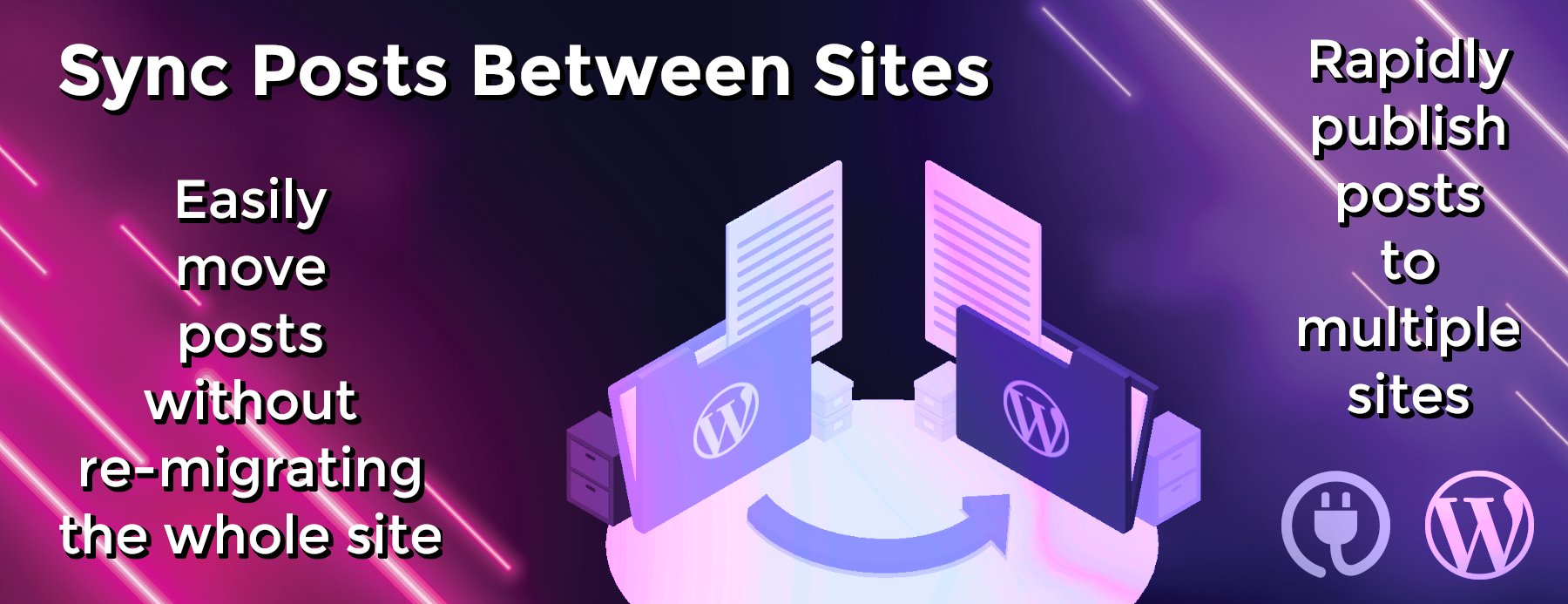To Err is Human: Cloud Computing
Although cloud computing is one of the biggest, if not the biggest thing in IT, we cannot say that there are no concerns and all is OK when you decide to migrate to the cloud. In fact there are too many concerns that hold companies back from migrating to the cloud. We cannot say that these concerns are not valid but we have to analyze them to see if they are real barriers to migrate or just perceptions.
Owned Things are Valued More
It is not about the ownership of the data but rather the “things” they have in the cloud. Suppose that you have purchased a new rack server that you have successfully deployed. After some time you see that it is not utilized fully; in fact the energy it consumes compared to the services it provides makes it an economic “loss.” You can consider to shut it down, but most probably you will not take it off the cabinet. It is in fact more valuable to you than it actually is: although it is an economic loss, the ownership makes you perceive it more valuable than it actually is. But don’t worry, this is all about being human: on average people value things they own 30% more than they actually are according to the studies by Prof. Dan ARIELY.
But this behavior will inevitably trap you in the cloud space. Imagine the same scenario we have just talked, but not in your datacenter but in the cloud. You have faced a
As human beings we have our own bugs. Of all, these two can have significant effects in your cloud adventure.
high demand, deployed another server to meet the demand and now the demand came back to normal levels. If you fall into the trap of ownership and keep the resource – the additional server – you will end up paying for something that have no value other than satisfying your feelings.
RELATED: Business Travelers: Here Are The Backup and Security Tips You Need
It is your company who owns the data, but it is somebody else who owns the resources. Pay to keep the data but let go of the resources when you don’t need them anymore.
“Every Time We do It This Way”
According to financial researches, businesses centralize, decentralize and then recentralize, which is a cycle of approximately 8 – 10 years. From an IT perspective, in the centralization stage companies want to control everything in one place. Later on they decide to decentralize and they deploy servers in the other offices and employ IT staff there. Next, they see that the costs associated with decentralization is high and they return to their starting point, which is centralization.
RELATED: In-house IT Training Mistakes
But cloud computing is none of those. Since the cloud inherently is abstraction of the systems from the underlying hardware, it becomes distributed. The server is no longer tied to server, cabinet, building or even a geographic location. Rather it is distributed geographically to avoid single point of failure.
This brings us to a new way of thinking. We cannot design systems in the cloud as we have designed them in conventional or highly virtualized datacenters. This is not only about avoiding the possible performance issues but also about taking advantage of the high available and scalable solutions. Otherwise it will just be “the same ol’ way of doing stuff.”
RELATED: Global Event and Media Group Managed Hosting Solutions
It’s Now All About You, Not the Provider
Until now, in the articles I have spoken about the cloud providers in general and have an article specifically about choosing a cloud provider. This time, I flipped the other side of the coin and wanted to make you aware of the two traps that are neither technical nor financial, but just about being human.




